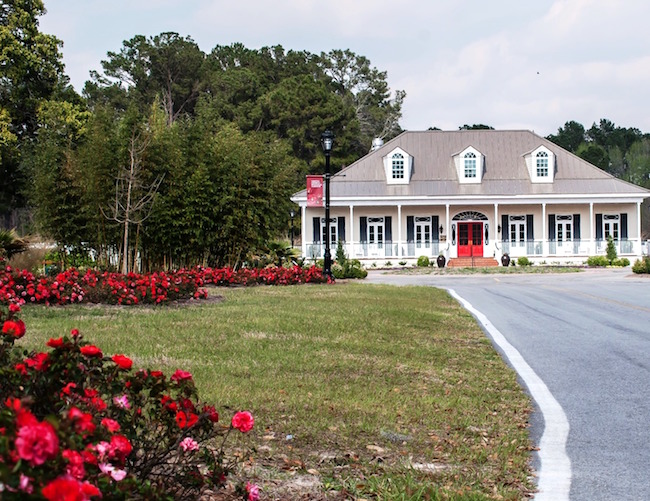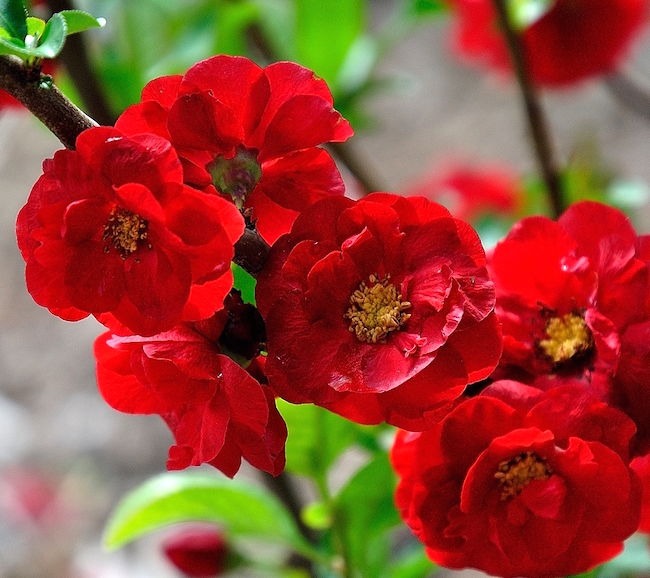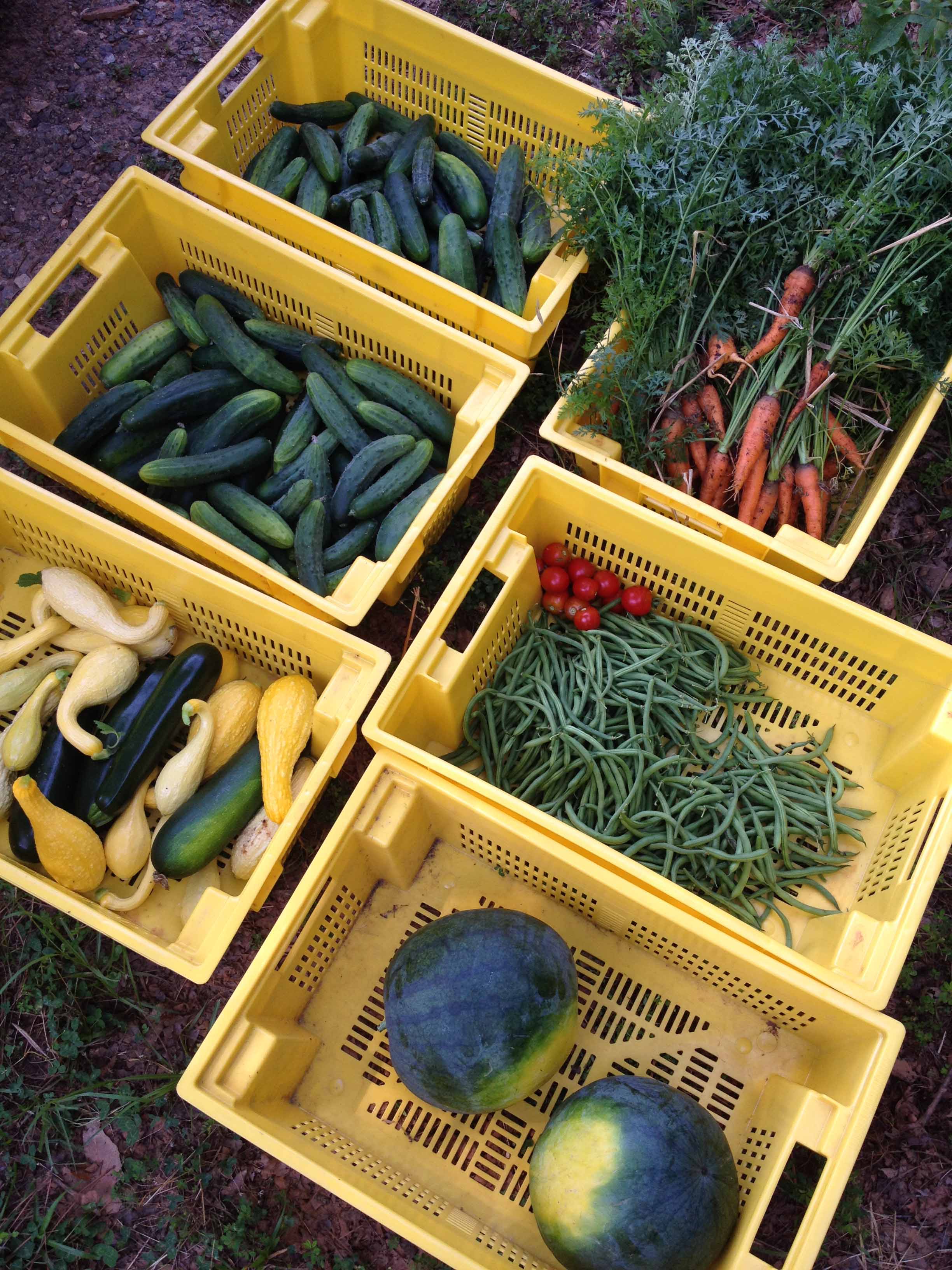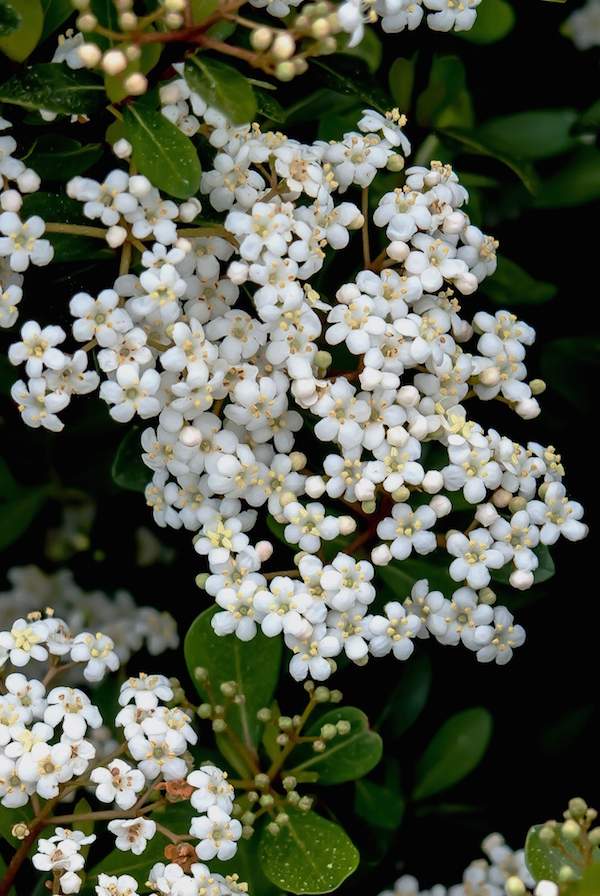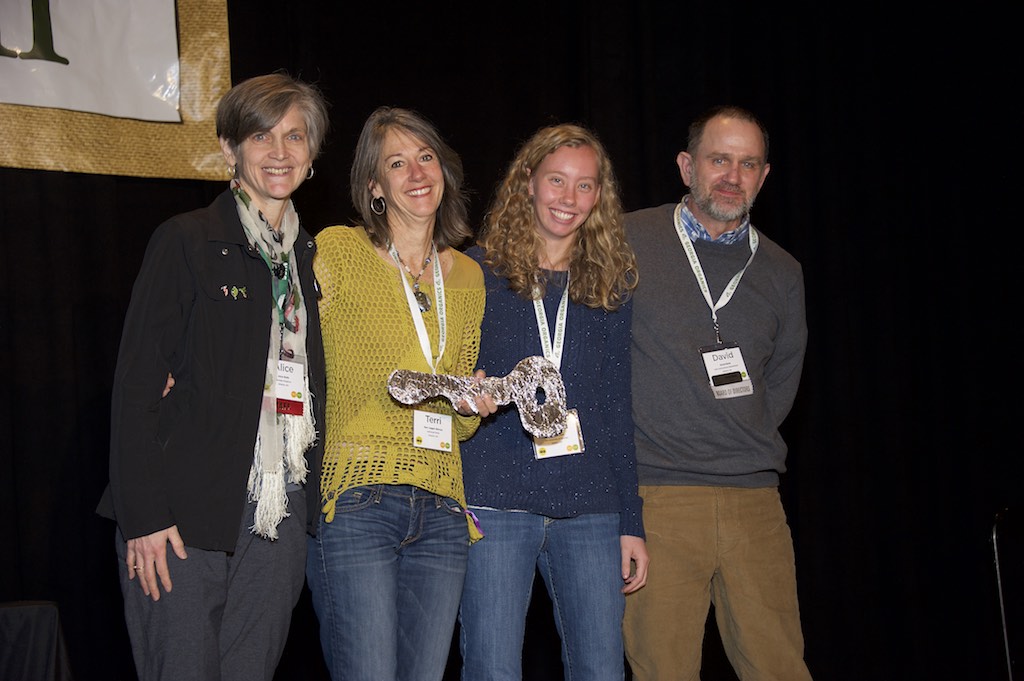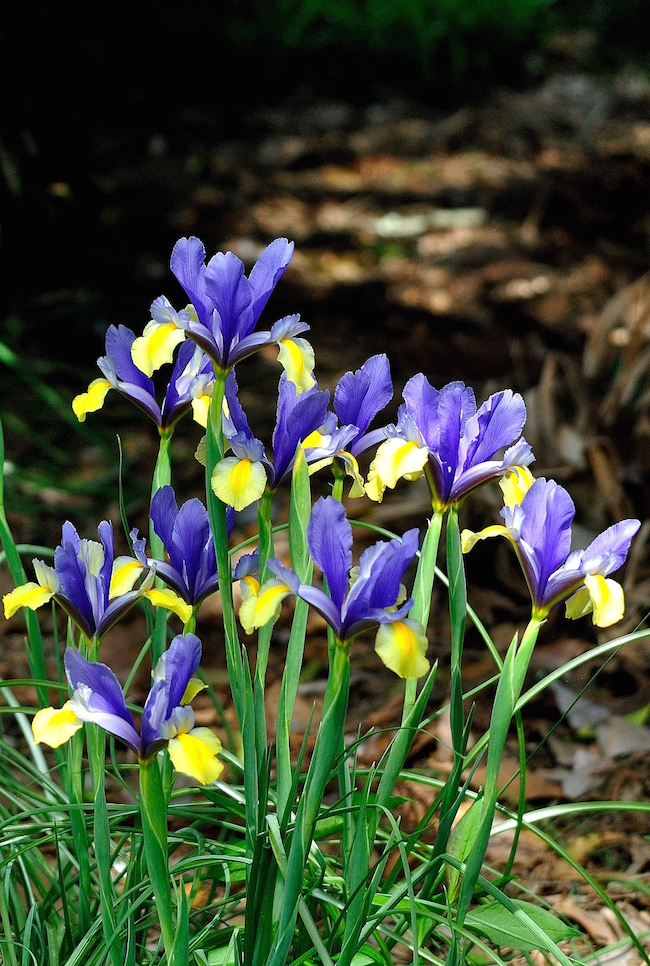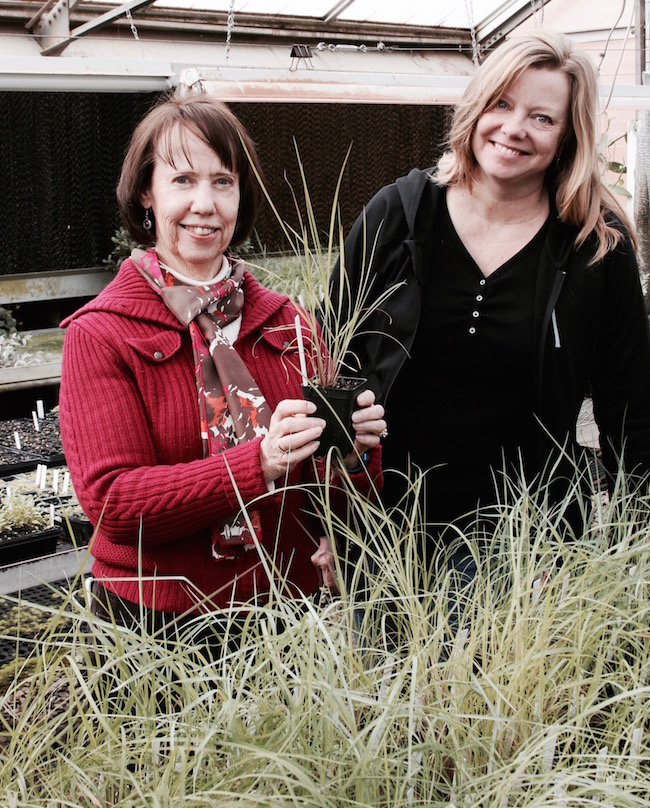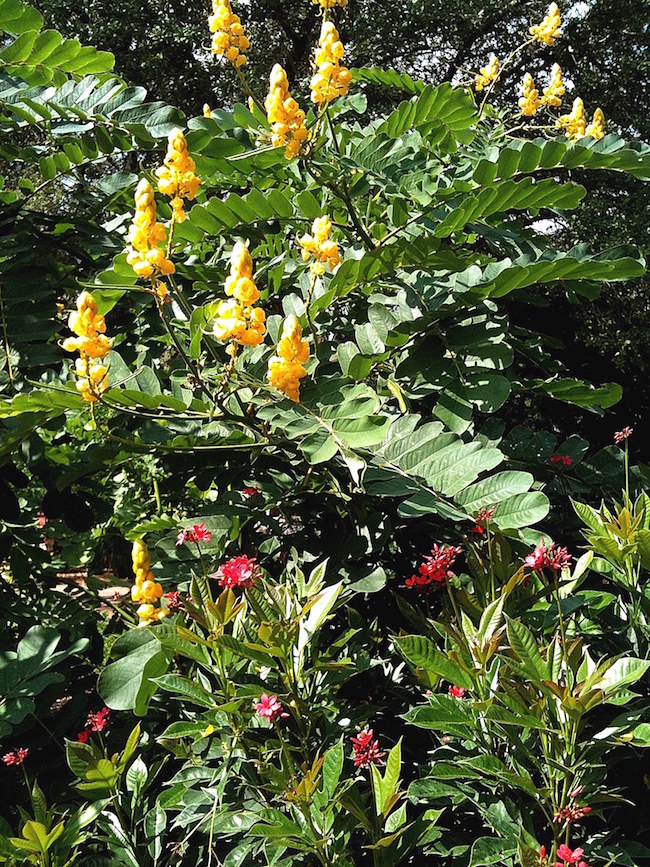 CAES News
CAES News
Emperor's Candlestick
Emperor’s candlestick is considered a shrub in the tropics, yet growing wild, they appear dwarfed in comparison to how they look in landscapes. Although the plant is seen in gardens as a beautiful flower, it is a valuable medicinal plant in developing countries.

